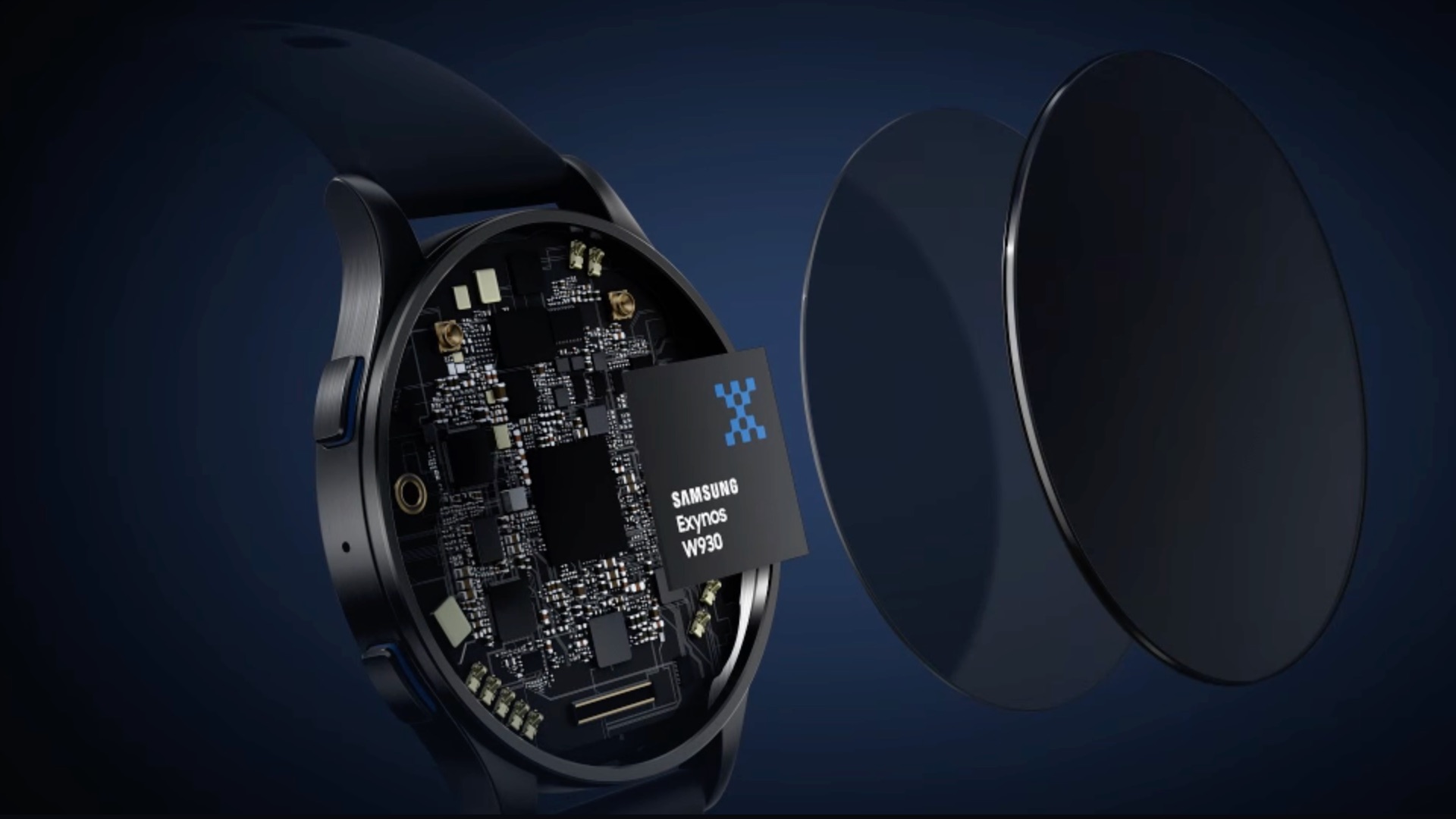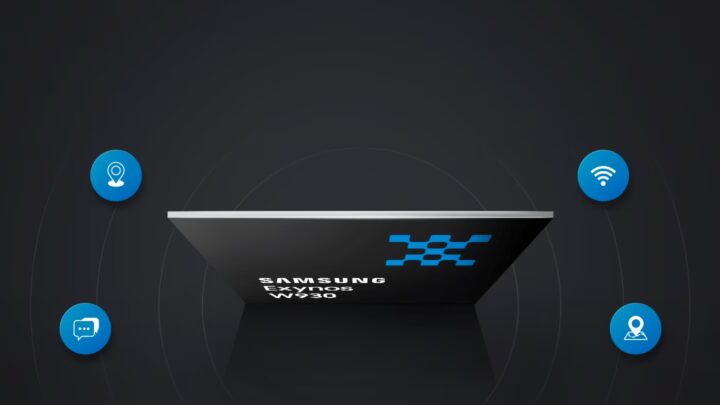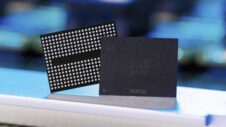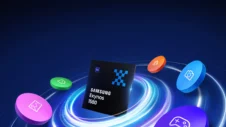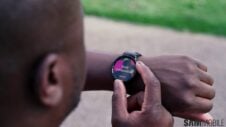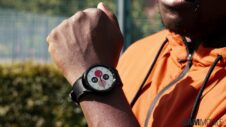Last night, Samsung unveiled its newest smartwatches—Galaxy Watch 6 and the Galaxy Watch 6 Classic—during the Galaxy Unpacked event. Apart from a slimmer design, a brighter screen, and improved health tracking, the new smartwatches come with an improved processor. Both new smartwatches are powered by the Exynos W930, and Samsung has now officially announced it.
While Samsung revealed little about the new chip during the Galaxy Unpacked event, Samsung Semiconductor revealed more information about it on its website.
Exynos W930 is just an overclocked Exynos W920 with more RAM
The Exynos W930 is a 5nm chip with a dual-core Cortex-A55 CPU clocked at 1.4GHz. That's a slightly bump up from the Exynos W920's 1.18GHz clock speed, and is claimed to offer 18% performance jump. It is made by Samsung Foundry's 5nm process, but it isn't clear if it is using a newer generation 5nm fabrication node or the same that was used for the Exynos W920. The chip has the ARM Mali-G68 MP2 GPU that supports up to qHD screen resolution and up to 21fps video playback for smoother graphics.
Samsung claims the new chip combines together the CPU, GPU, 2GB LPDDR4 RAM, 16GB eMMC storage, and power management IC (integrated chip) in a single package to reduce the size taken by these components in a smartwatch. The company combined these components using FO-PLP (Fan-Out Panel Level Packaging) and SiP-ePoP (System-in-Package-embedded Package on Package) packaging solutions. However, these technologies were also present in the Exynos W920. So we guess the Exynos W930 is just the Exynos W920 with higher onboard RAM and slightly higher clock speed (200MHz).
The chip comes with an integrated GNSS (BeiDou, Galileo, GLONASS, and GPS), 4G LTE modem, dual-band Wi-Fi b/g/n, Bluetooth 5.3, and NFC. The Exynos W930 has a separate dual-core Cortex-A55 chip in a CHUB (Context Hub) for low-power tasks, such as running the watch in A0D (Always-On Display) mode.
Knowing Samsung's track record, it could use this new chip in the next-generation smartwatches (Galaxy Watch 7) next year. So, it is possible that the South Korean firm has plans to use the same chip for four years in a row. But that's not very different from what Apple did with its S7, S8, and S9 chips, which are essentially the same processors with minor differences. However, Apple's wearable chips are running at much higher clock speeds.
